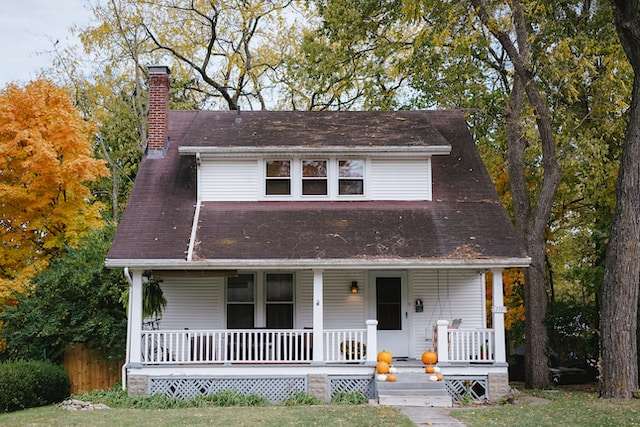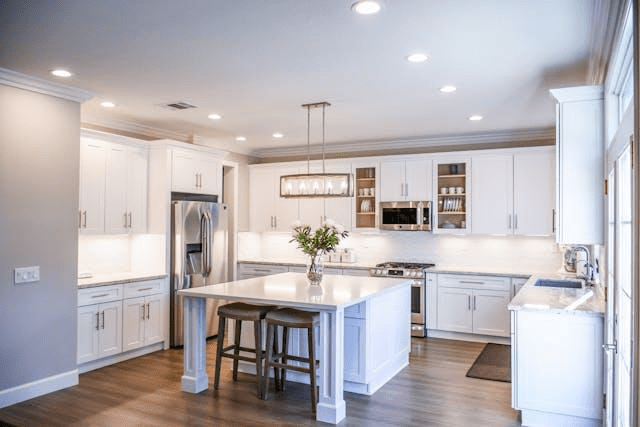A home extension project is an excellent way to add value to your property and meet the evolving needs of your household. However, without careful planning and budgeting, it can quickly become overwhelming and financially burdensome. To ensure a successful home extension project that aligns with your vision and budget, follow these essential steps:
1) Define Your Objectives
Start by clearly defining the objectives of your home extension project. Identify the purpose of the extension—whether it’s an additional bedroom, a larger living area, or a home office. Consider how the extension will enhance your lifestyle and meet your specific requirements. This clarity will help you make informed decisions throughout the planning and budgeting process.
2) Set a Realistic Budget
Determine the amount you are willing to invest in your home extension. Research the average costs associated with similar projects in your area to get an idea of the potential expenses. It’s essential to set a realistic budget that takes into account not only the construction costs but also additional expenses such as permits, design fees, and potential unforeseen expenses.
3) Seek Professional Advice
Engage the services of an architect or a design professional experienced in home extensions. They can provide valuable insights and help you translate your ideas into a feasible design. Architects can also guide you through the planning permission process and ensure that your project complies with local building regulations.
4) Consider Space Optimization
When planning a home extension project, it’s crucial to explore space optimization strategies to make the most of your existing property. Instead of solely focusing on extending the physical footprint of your home, consider how you can repurpose and optimize the available space.
One effective approach is to look at underutilized areas such as basements, attics, or even garages. These areas often hold untapped potential and can be transformed into functional living spaces with proper planning and design. Converting a basement into a home office, a playroom, or an entertainment area can provide valuable extra square footage without the need for extensive construction.
Similarly, attics can be converted into cozy bedrooms, home gyms, or hobby rooms. With proper insulation and ventilation, these spaces can become comfortable and versatile additions to your home. By utilizing existing structures, you can save on construction costs and reduce the overall budget required for your home extension project.
5) Obtain Planning Permissions
When undertaking a home extension project, it is essential to understand and adhere to local regulations and obtain the necessary planning permissions or permits. These permissions ensure that your project complies with building codes, safety standards, and zoning requirements. Here are some key steps to follow when navigating the planning permission process:
Firstly, consult with your architect or design professional to determine the specific permissions required for your project. They will have a comprehensive understanding of local regulations and can guide you through the application process. Engaging their expertise early on can save you time, money, and potential legal issues down the line. For example, here are some of the home extension rules for the city of Perth.
Then familiarize yourself with the local planning authority’s guidelines and regulations. Visit their website, attend information sessions, or speak with a representative to understand the specific requirements for home extensions in your area. This knowledge will help you prepare the necessary documents and information required for your application.
6) Get Multiple Quotes
Once you have a well-defined design and the necessary permissions in place, it’s time to find reliable contractors. Reach out to multiple contractors and obtain detailed quotes for the construction work. Consider factors such as reputation, experience, and previous client reviews when selecting the right contractor for your project. Remember, the cheapest option may not always be the best choice. Look for a contractor who offers quality workmanship within your budget.
7) Factor in Contingencies
During any construction project, unexpected costs and delays can arise. It’s prudent to allocate a contingency fund, typically around 10-20% of the total budget, to account for such contingencies. This buffer will help you handle any unforeseen expenses without derailing your project or compromising on the quality of work.
8) Monitor Progress
Regularly communicate with your contractor to monitor the progress of the project. Conduct site visits to ensure the work is proceeding according to plan. Open lines of communication will allow you to address any concerns or changes promptly, minimizing the chances of costly errors or misunderstandings.
9) Finishing Touches and Furnishing
As the construction nears completion, start planning for the finishing touches and furnishings. Consider your design aesthetic and budget while selecting materials, fixtures, and fittings. Allocate a separate budget for interior design and décor to create a cohesive and visually appealing space that reflects your style.
10) Enjoy Your New Space
Once the construction is complete and the finishing touches are in place, it’s time to celebrate and enjoy your new space! Take pride in the accomplishment of your successful home extension project and relish the enhanced functionality and comfort it brings to your home.
In conclusion, planning and budgeting for a home extension project are vital to its success. By following the tips we have mentioned in the article, you can ensure a successful home extension project that adds value to your property and enhances your living space. So, plan wisely, budget diligently, and turn your dream of a home extension into a reality!










